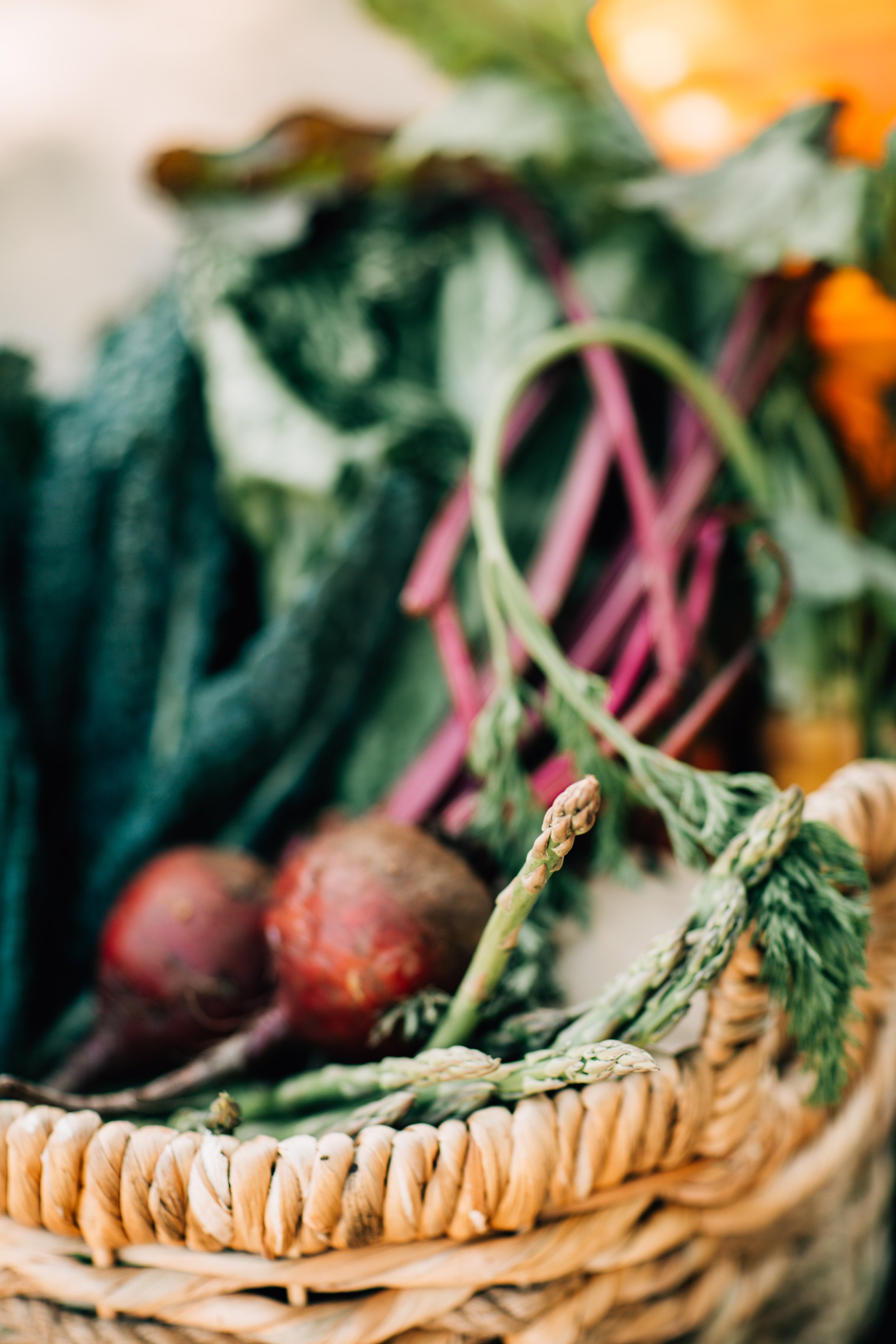
Pad Thai
For as long as I can remember, pad thai was my go-to comfort food. This stir-fry noodle dish is warm, sweet and grounding - so no wonder it falls in the category of comfort - it’s a Vata pacifying, Autumn favorite. A signature ingredient in most thai dishes is Tamarind paste, a sour pulp that promotes digestion and assimilation. After decades of relishing in these flavors, I finally decided to make it myself with an Ayurvedic and health conscious twist.
Seared Tofu Ginger Sesame Salad
A salad that serves up a happy gut, this includes variety of plant-based goodness stacked in one dish! When the microbes in our gut are fed plants, fiber, prebiotics and more, they work in collaboration with our bodies to support more resilient immune system, production of anti-inflammation compounds, and metabolize neurochemicals that boost serotonin (happy hormones)!

